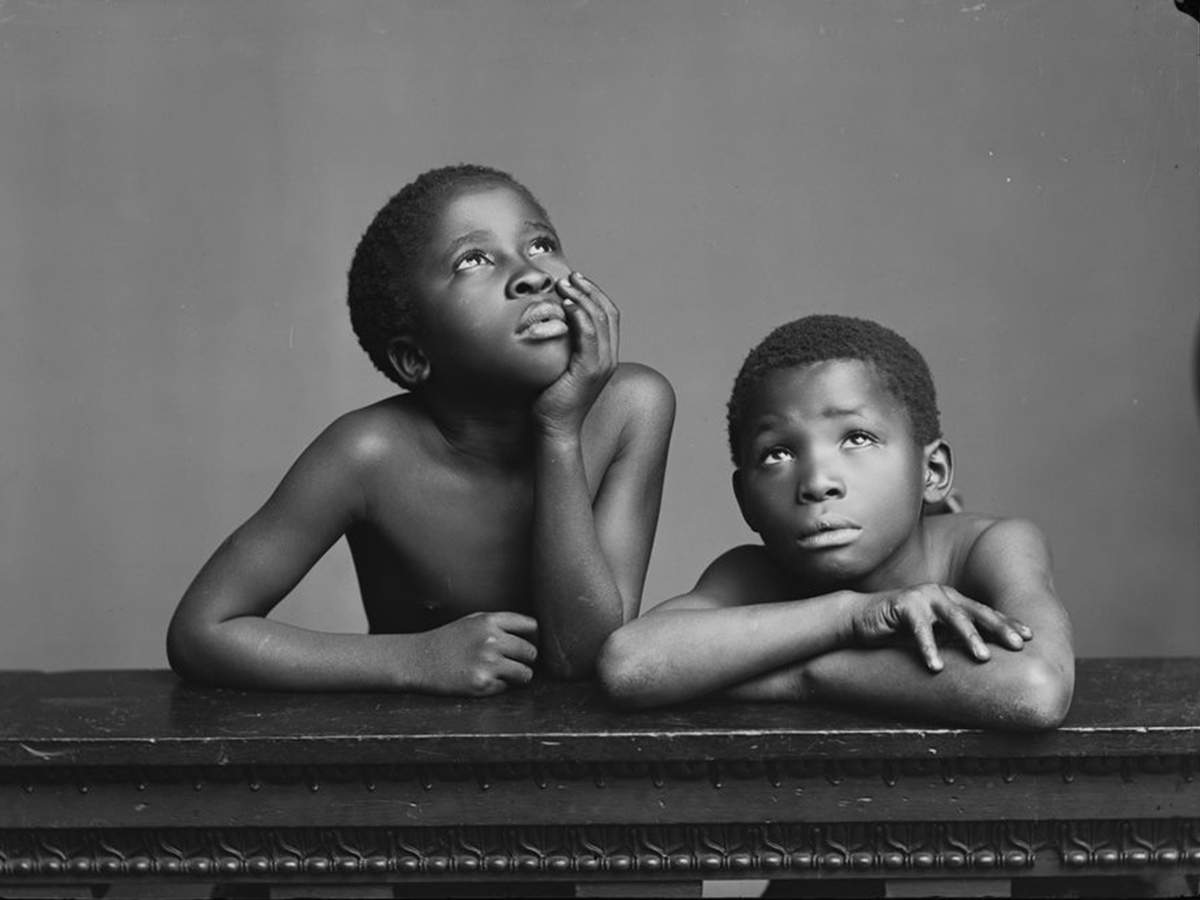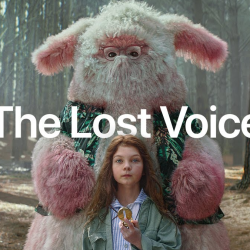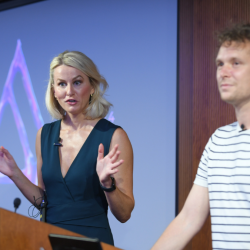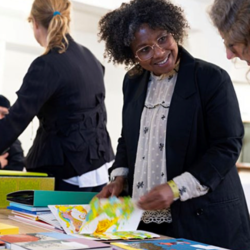The Covid-19 pandemic has dominated headlines for the past 12 months, but political events and protests over the last year have also had a significant impact on what consumers expect from brands in today’s market. In particular, representation has risen up the agenda and consumers have been quick to call out those companies which take a tokenistic approach to showing diversity and inclusion in their marketing.
The key message for businesses in 2021 is that it has never been more important for brands and storytellers to ensure that they build diverse and inclusive visual communications which reflect the true lifestyles and cultures of their audiences.Customers expect a celebration of diversity
Authentically representing marginalised groups is important not simply because it’s the right thing to do (and it certainly is), but because there is a compelling business incentive to do so.
How do we know this? Getty Images’ insight platform Visual GPS surveys over 10,000 consumers and professionals globally, giving us a deep insight into what’s driving people’s purchasing decisions. Our latest Visual GPS survey found that 70% of Brits think it’s important for businesses to celebrate diversity of all kinds.
The research also highlighted that two important visual preferences which drive UK consumers’ purchasing decisions are “seeing people that are like them and their lives” and “seeing the ways the company fits into people’s lives”.
Furthermore, the survey found that most people across the world encounter some form of bias, with six in ten (62%) feeling they have been discriminated against. Of those who feel discriminated against, only 15% say they are well-represented in business communications.
Clearly, diversity and inclusivity are important in brand advertising, not only do businesses have a duty to better represent marginalised communities, but effective visual storytelling also influences a customer’s purchasing decision making.
Taking a cue from advertising
How do consumers know that a business is dedicated to diversity? According to our study, they look at a company’s advertising (44%). Therefore, simply making a few references to diversity in marketing material will not be sufficient. In fact, the majority of consumers expect brands to demonstrate a consistent commitment to diversity and inclusivity; nearly eight in 10 stated that it isn’t enough just to have people of various ethnicities, backgrounds, and appearances in advertising. Instead, they expect brands to capture people’s true lifestyles and cultures.
This may sound challenging to brands however creating more thoughtful communications will speak directly to your customer’s lived experiences and generate greater cut through.
So, what should companies do differently in order to show a genuine commitment to diversity and create truly inclusive advertising?
It is important to be aware of the seven key communities which every brand must appeal to. These are: race & ethnicity, gender, sexual orientation, bodies, ability, age and religion.
We’ve put together an inclusive visual search guide which gives advice on how to sensitively represent these different communities and help businesses make more intentional content choices. By keeping these seven communities in mind when designing visual campaigns, businesses will ensure that no customer segment feels excluded.
Getting inclusion right is important, as consumers are not afraid to criticise businesses who fall short. Our research showed that roughly a third had boycotted a brand which went against their values in the past two years. On the other hand, around just as many chose to start purchasing a brand which supported a cause they believe in. This demonstrates the potential impact which effective value-based marketing can create.
Challenge the narrative
When choosing images to represent these communities and engage your customers, select visuals which avoid perpetuating stereotypes. It is important to represent people from all backgrounds in a way that feels authentic and be mindful not to reduce them to a single identifying factor. For instance, when marketing to the elderly, choose images which highlight the fulfilling, multi-dimensional and varied lives we know they lead, rather than just focusing on their age.
At Getty Images, we try to help brands tell their diversity and inclusion story through photos, videos and illustrations. But we want to go a step further, and have made it our mission to support better, more authentic representation of marginalised groups. We have worked on a variety of collections to help brands with their visual storytelling; The Disability Collection, Disrupt Aging, The BBC Kids Collection and our #ShowUs collection (in partnership with Dove) to name a few.
Most recently though, we partnered with the British singer FKA twigs to launch an initiative that will empower Black storytellers, educators and content creators to elevate the visual narrative of Black history.
This initiative will allow Black storytellers and not-for-profit organisations to use visual content from our Hulton Archive (the world’s largest privately held commercial archive) and Editorial Collections in support of learning about and reflecting on Black history. Getty Images will also provide support for educational, research and mentoring initiatives focused on Black history at the Hulton Archive.
We hope that this initiative will empower black content creators to tell their story of their own history.
We know from our research that consumers want to see authenticity and diversity as part of a brand’s visual communication. Businesses which deliver on this are more likely to engage with their potential consumers, which is crucial to converting them into loyal customers, and ultimately forge greater connections with their audiences.
Featured image: London Stereoscopic Company/Hulton Archive/Getty Images































